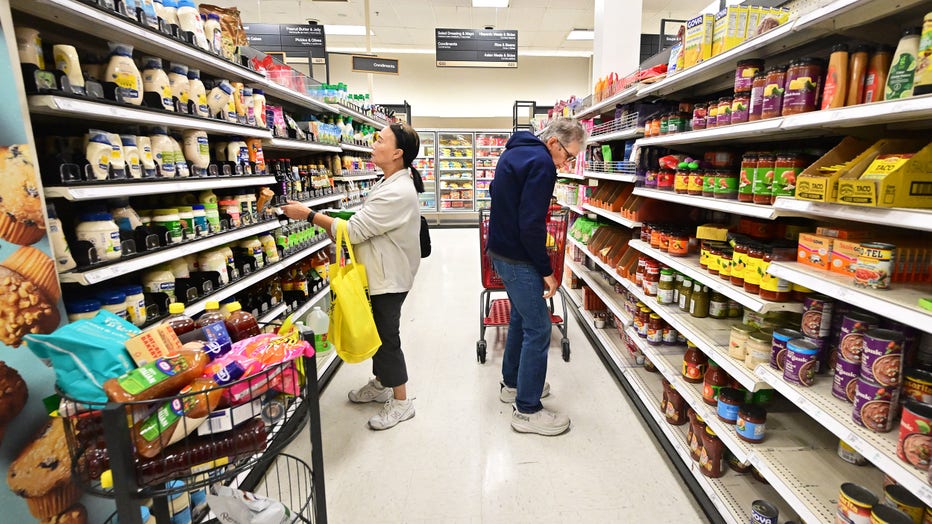Inflation continues to cool, latest numbers show
New inflation report: positive signals for economy
In the new report released this week, data points show price spikes are on the mend, and the economy is growing. Federal Reserve Chair Jerome Powell is still on track to cut interest rates. While these are positive signs, the labor market is now presenting challenges. Dr. Mike Walden, an economist, joins LiveNOW from FOX.
The latest wholesale price figures released by the Labor Department Thursday show inflation appears to be decreasing enough for the Federal Reserve to begin cutting interest rates next week.
The prices of gas, groceries and cars are either falling or rising at slower rates than before the pandemic. That’s after peaking at a 40-year high in mid-2022.
The Labor Department’s producer price index — which tracks inflation before it reaches consumers — rose 0.2% from July to August. That was up from an unchanged reading a month earlier. But measured from a year ago, prices were up just 1.7% in August, the smallest such rise since February and down from a 2.1% annual increase in July.
RELATED: US inflation hits 3-year low as Federal Reserve set to cut interest rates
Excluding food and energy prices, which tend to fluctuate from month to month, so-called core wholesale prices moved up 0.3% from July and have risen 2.3% from August 2023.
The producer price index can provide an early sign of where consumer inflation is headed. Overall, the latest figures suggest inflation is moving back toward the Fed's 2% target level.

People shop in the food section of a retail store in Rosemead, California, on January 19, 2024. Inflation appears to be cooling enough for the Fed to start cutting interest rates. (Photo by FREDERIC J. BROWN/AFP via Getty Images)
Inflation and the overall economy are at the top of voters’ minds for the November presidential election. During the presidential debate Tuesday night, former President Donald Trump attacked Vice President Kamala Harris for the price spikes that began a few months after the Biden-Harris administration took office, when global supply chains seized up and caused severe shortages of parts and labor.
He also falsely said that inflation during the Biden-Harris administration was the highest "perhaps in the history of our country." In 1980, inflation reached 14.6% — much higher than the 2022 peak of 9.1%.
RELATED: Here's how much the typical American household earned last year
The Fed raised its benchmark interest rate 11 times in 2022 and 2023 to fight near record high inflation, taking the interest rate to a 23-year high. With inflation now close to their target level, the Fed’s policymakers are poised to begin cutting their key rate from its 23-year high in hopes of bolstering growth and hiring.
A modest quarter-point cut is widely expected to be announced after the central bank meets next week. Over time, a series of rate cuts should reduce the cost of borrowing across the economy, including for mortgages, auto loans and credit cards.
Other central banks in advanced economies such as Canada, Switzerland, and the United Kingdom have already cut rates. On Thursday, the European Central Bank reduced its benchmark rates for a second time this year, as both inflation and economic growth are cooling.

